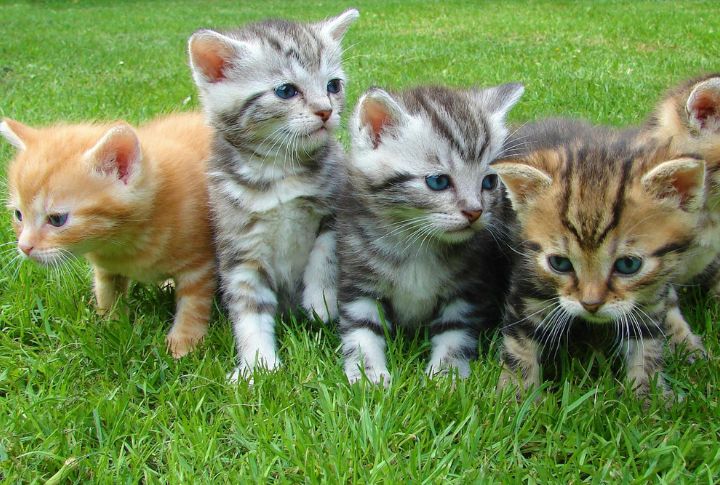
Kittens and cats may share a disdain for baths, but several distinct characteristics set them apart. Kittens inhabit a playful world all their own, distinct from grown cats. Join us on a delightful adventure exploring what makes the little ones unique. We’ll uncover 15 whisker-filled nuances, from boundless energy to irresistible antics, that distinguish these furry balls of joy from their more mature counterparts.
Size and Growth
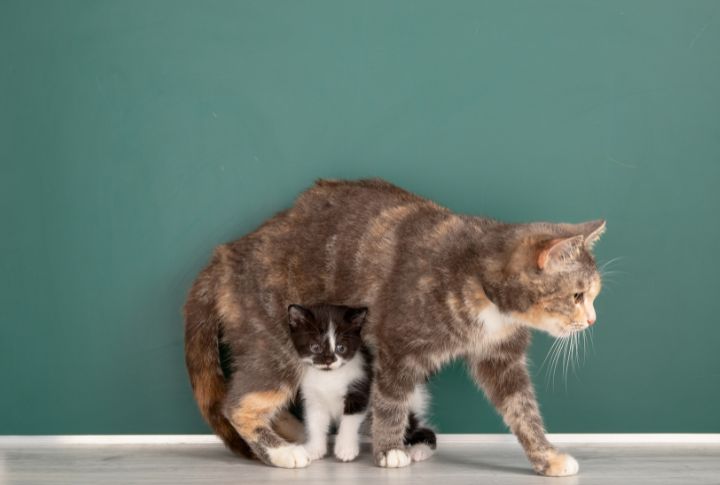
Often weighing just a few ounces at birth, whisker babies are significantly smaller than grown felines. They undergo rapid growth during their first year, sometimes tripling their weight within a few weeks. In contrast, cats are fully grown and have reached their mature size
Physical Appearance
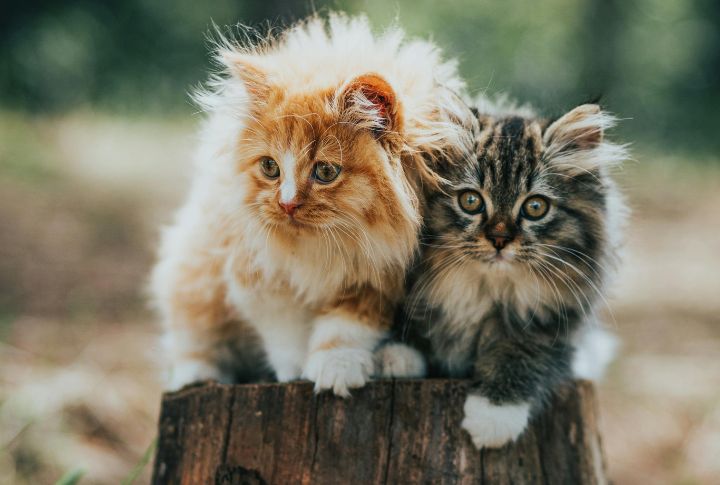
Kittens have a distinct appearance characterized by their large eyes, small size, and playful demeanor. Their fur is often softer and fluffier than cats’ sleek, defined fur. As they mature, their features become more pronounced, and their fur may change texture or color.
Curiosity and Exploration
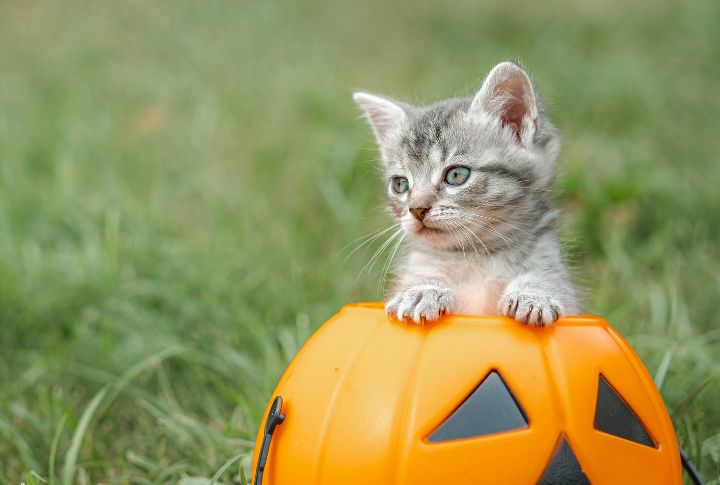
Cat cubs are energetic, curious creatures who constantly explore their surroundings. This behavior is important for their development, as it helps them develop important skills. In contrast, the mature ones tend to be relaxed, preferring to spend their time lounging or grooming themselves.
Diet
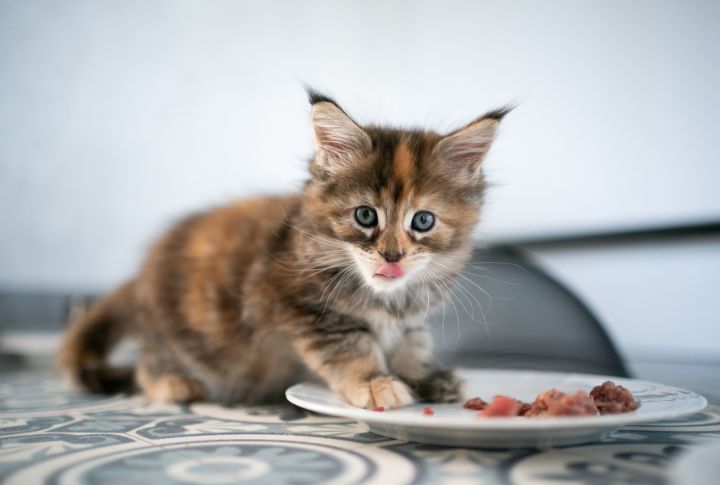
Their nutritional needs differ. Because they are snowballing, kittens need a protein and calorie-dense diet to support their development. As their age increases, their dietary needs change, and they may require a lower-calorie diet to maintain a healthy weight.
Socialization
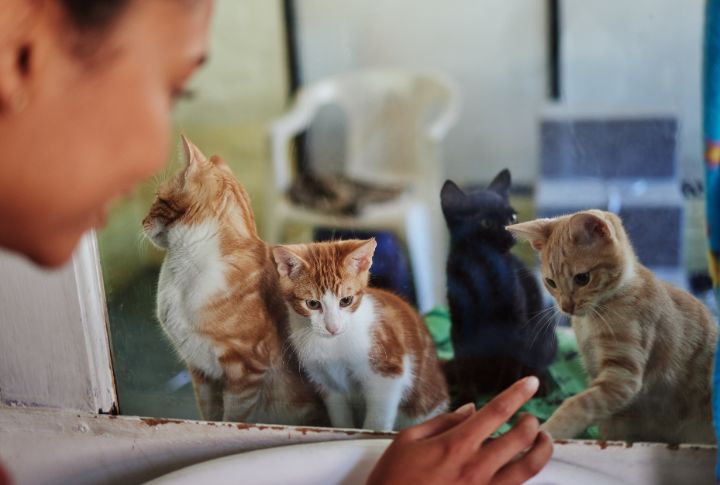
Socialization is crucial for both the little fur balls and their mature counterparts, though the latter are especially receptive during their early development. Proper socialization teaches them how to positively interact with humans and other animals, promoting their well-being. While mature felines can be socialized at any age, the process tends to be quicker and easier with kittens.
Litter Box Training
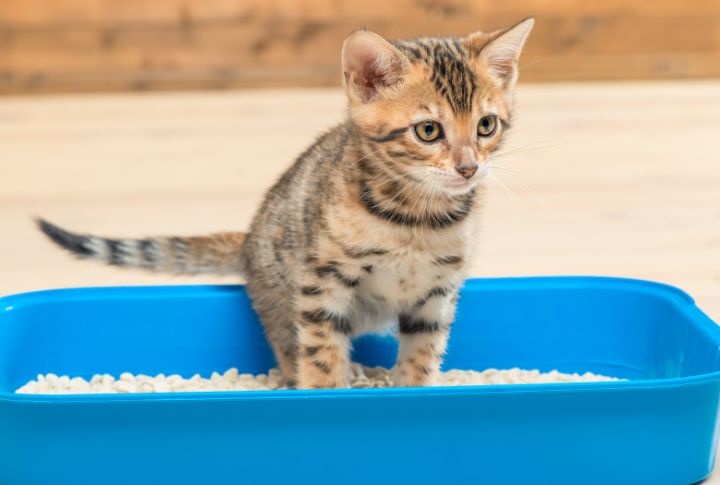
Cats typically already know how to use a litter box, but kittens must be trained. This training is essential for kittens to learn proper bathroom habits and can be a gradual process that requires patience and consistency from their caregivers.
Healthcare Needs
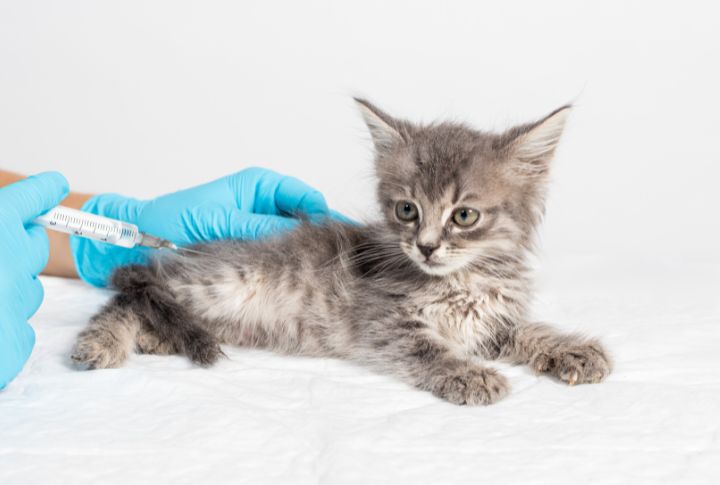
Kittens require several vaccinations and deworming treatments to protect them from diseases. They also need regular veterinary check-ups to monitor their growth. Cats may be OK with fewer vaccinations and check-ups but need regular veterinary care to remain healthy.
Teething
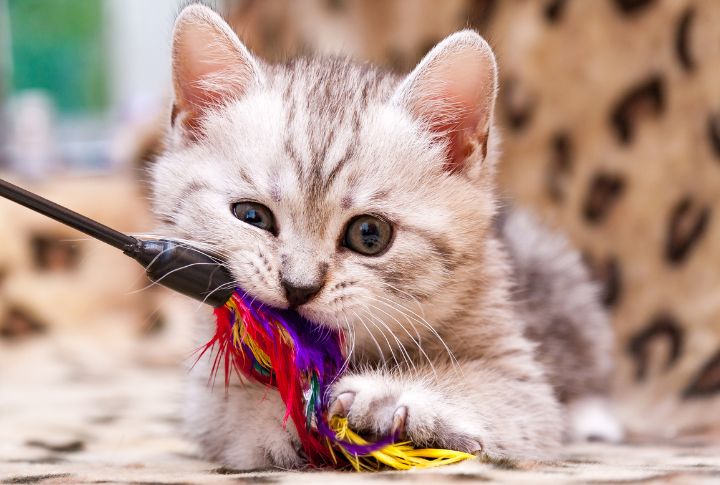
Like human babies, whisker babies undergo a teething stage where they may chew on objects to alleviate discomfort. Providing appropriate chew toys can help during this stage. The adults do not go through a teething stage but may still enjoy chewing on toys or other objects.
Play Behavior
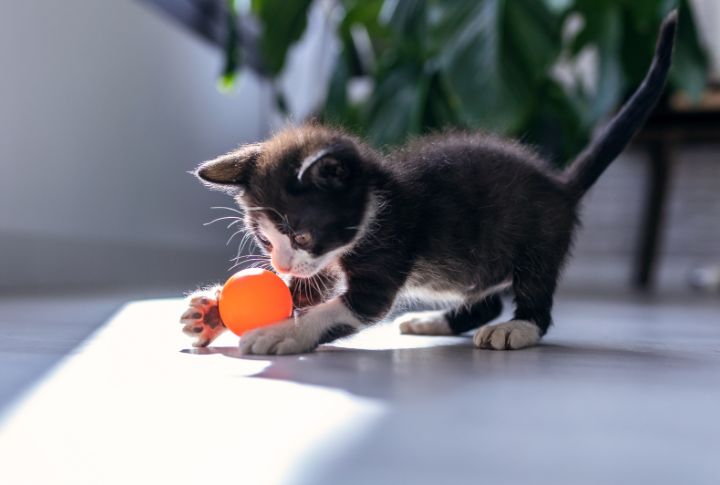
Kittens engage in playful behavior to develop their hunting and pouncing skills. They may play with toys, other little furballs, or even their tail. Grown cats may also play but are generally less energetic and subdued than kittens.
Sleep Patterns
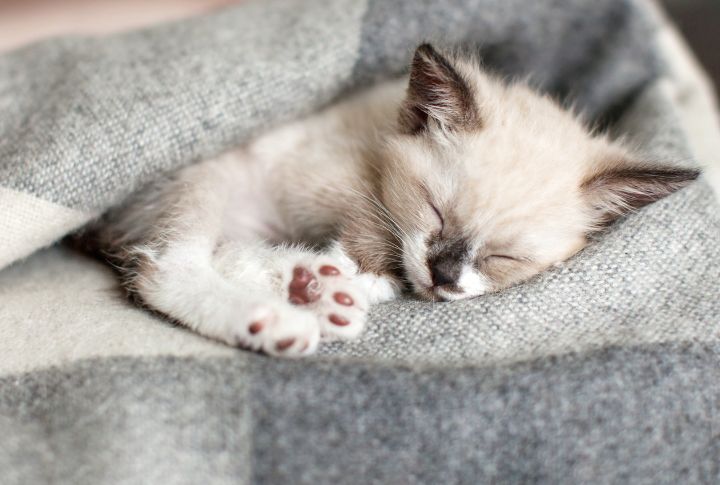
Compared to the grownups, kittens sleep longer, often up to 18-20 hours daily. Such a long rest is essential for their development. Mature cats may sleep less but still need plenty of rest to maintain good health.
Grooming
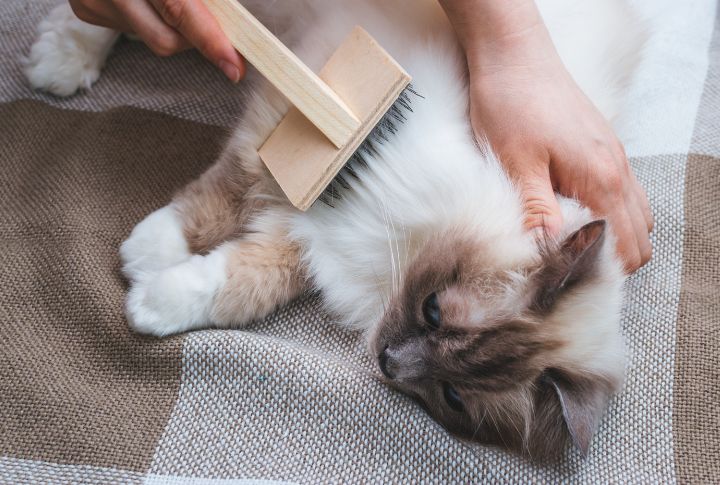
When little, catlings may need assistance with grooming, especially in hard-to-reach areas. As they grow, they become better at doing it themselves, and it becomes a bigger part of their daily routine. With age, they become very good at doing themselves.
Attention and Affection

Kittens may seek more attention and affection from their caregivers as they are still developing their social bonds. Grownup cats also enjoy these things but may be inclined towards independence.
Training
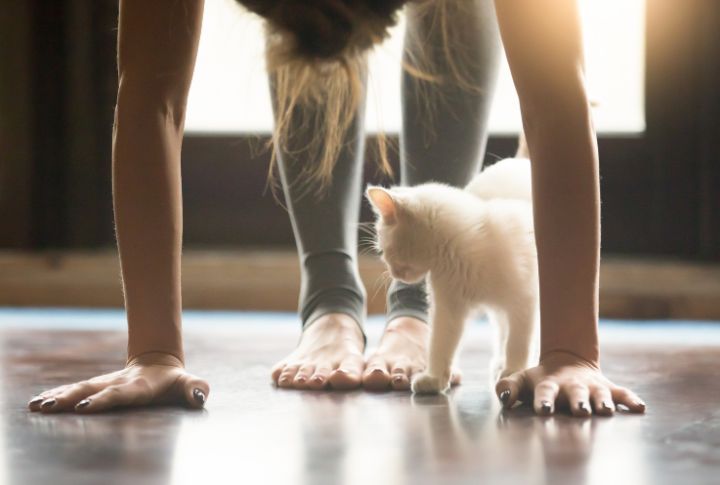
The receptivity of cats to training differs, and it’s easier with kittens. Positive reinforcement can aid their learning of basic commands and behaviors. While cats can also be trained, teaching them new things may take extra time and patience.
Energy Levels
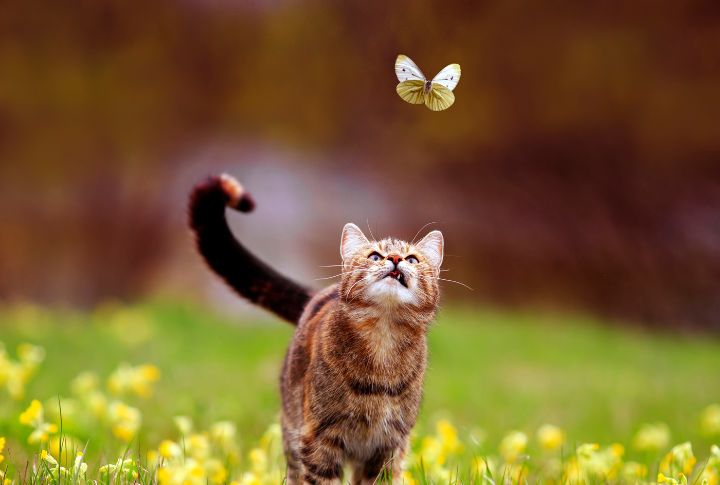
Having high energy levels, kittens may have short bursts of activity followed by rest. As they age, their energy levels may decrease. The grownups are generally not as energetic but still require regular exercise to enjoy good health.
Adaptability
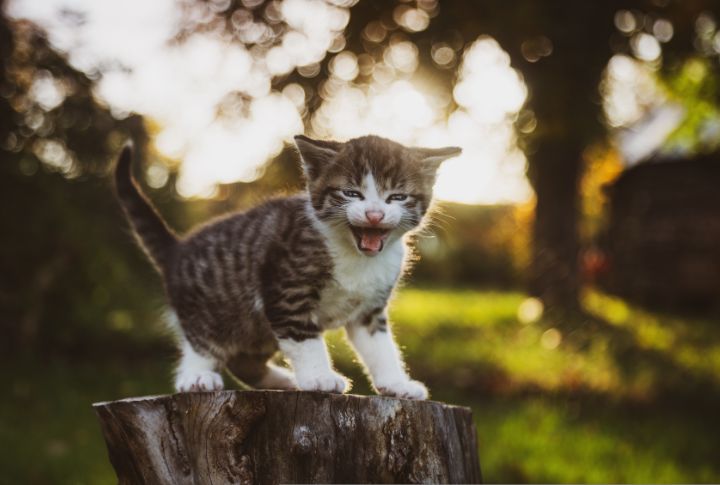
The younger ones are better at adapting to new environments and routines than cats. Exposure to different stimuli can help them adjust better to changes later in life. Older cats can also adapt to new environments, but they may take extra time to become comfortable with changes in their surroundings.

Comments
Loading…